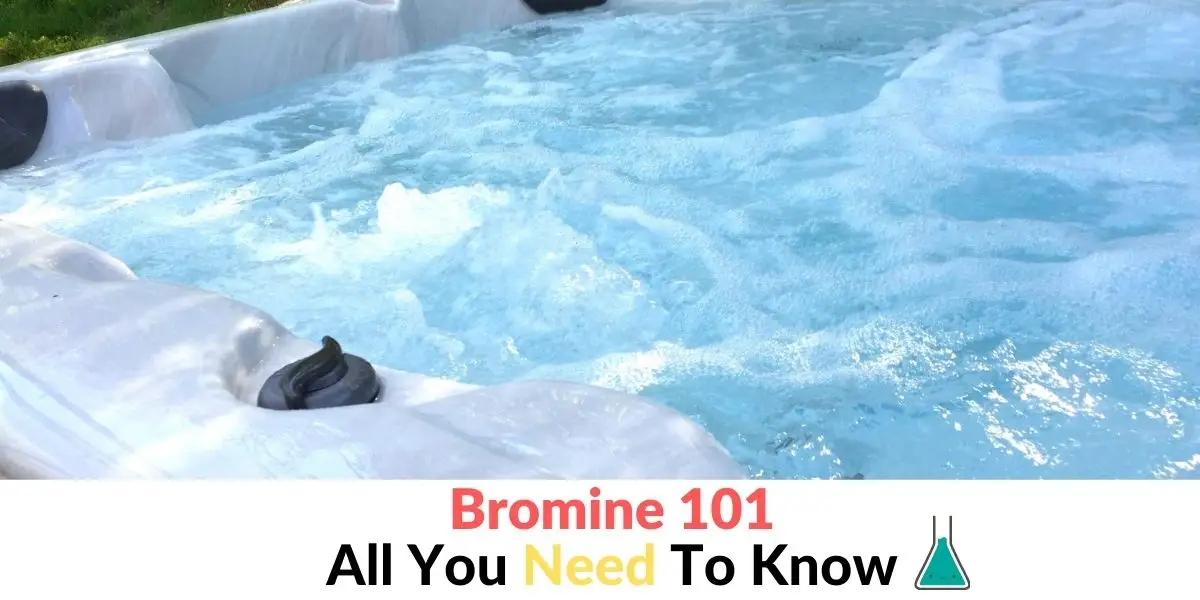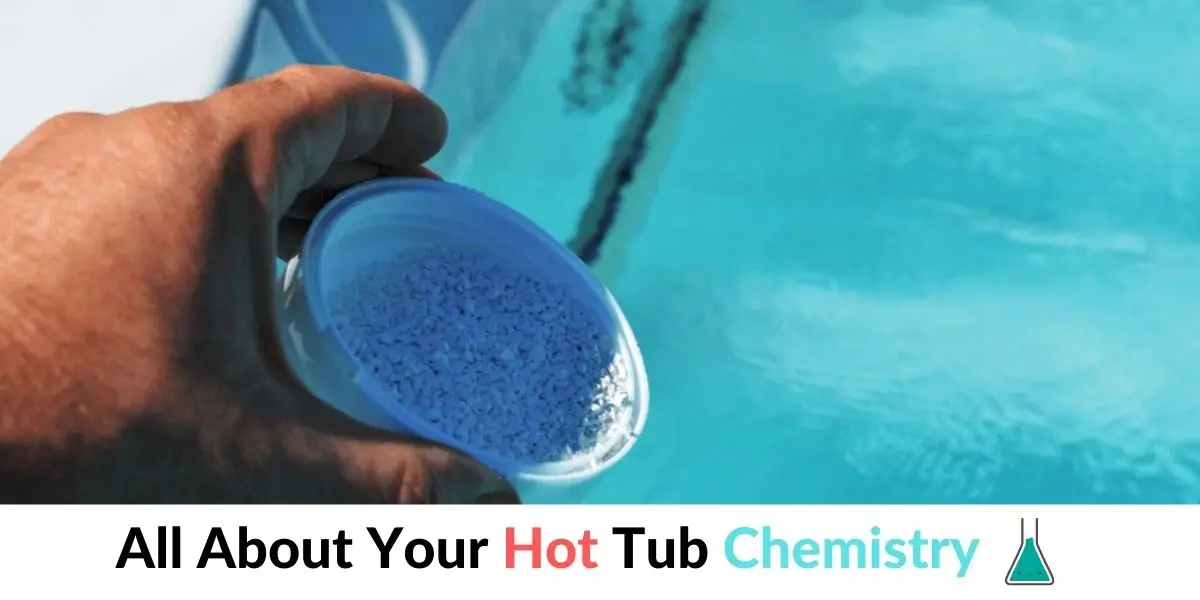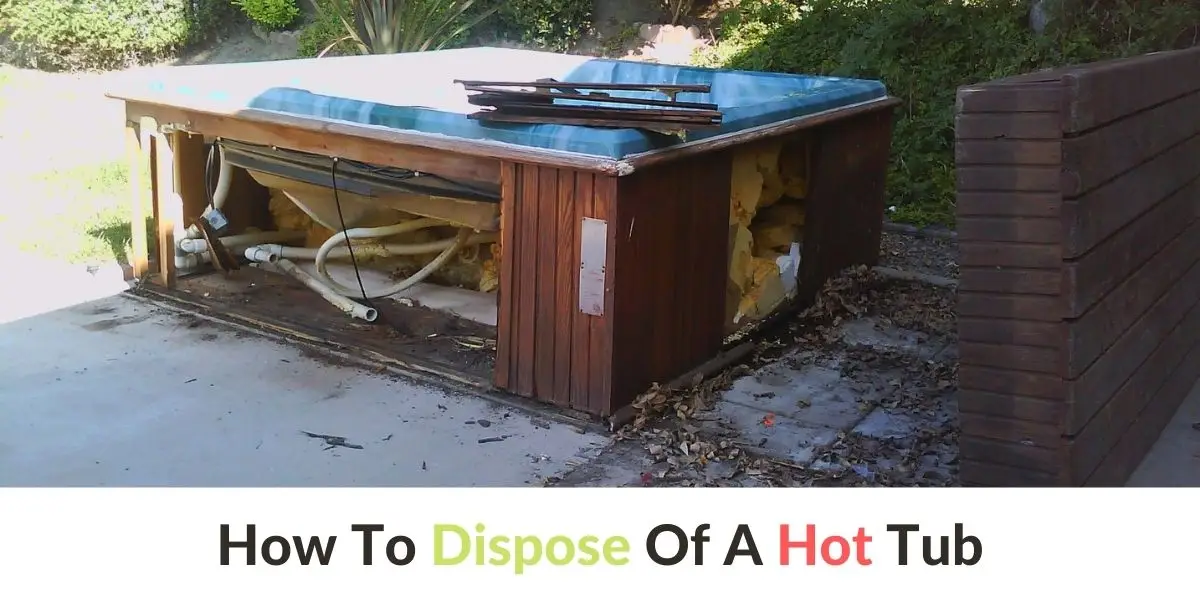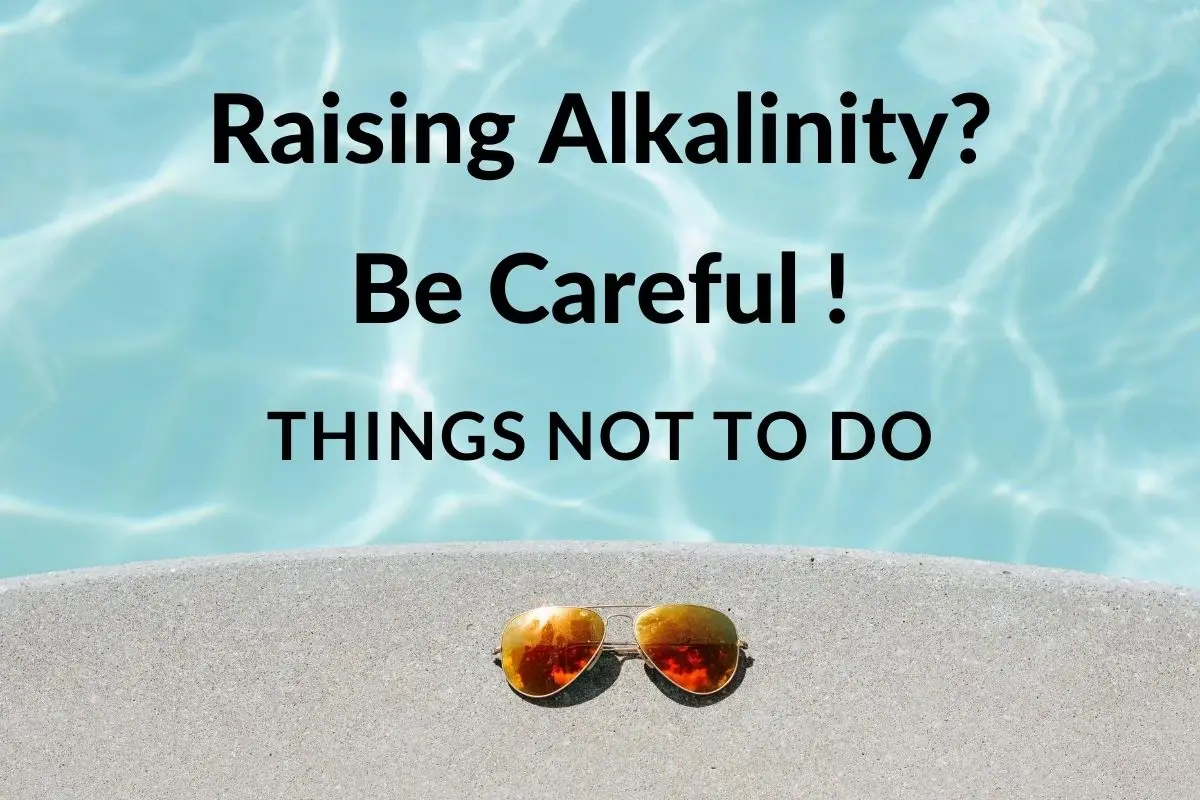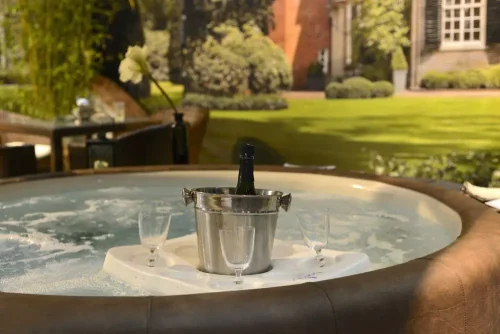How To Properly Prepare Your Hot Tub For Summer?
Every season has its temperature changes that affect how you set and prepare your hot tub. Although every practice will remain relative to your hot tub’s needs and size, plus the frequency of use, here are five steps you could take to prepare your hot tub for summer.
1. Drain and Clean the Tub
You should thoroughly clean your hot tub after every three to four months. Since there are four seasons every year, you can schedule your cleaning at the beginning of each. As you prepare for summer, make sure you drain your tub and clean it keenly. Ensure that the tub’s chlorine levels are at zero as you empty it, so it’s not negatively affecting the vegetation around you.
After draining and drying the tub, clean the shell and use thermogloss for surface polish. This protects your tub from the summer’s heat.
2. Check for Any Repair Needs
While the tub is still empty or during cleaning, check the jets, valves, pumps, filters, and pipes for any damages or accumulated dirt. Calcium layovers are a common issue around the pipes and valves, so ensure you clean that out to avoid clogging and inadequate pressure. If any of these parts are damaged, see whether it’s small enough to handle the repairs yourself or you will need the technician’s help.
3. Schedule Time for Inspection
Inspection should happen parallel to other repairs. Aim to find out if all your hot tub’s systems are working efficiently. The heater, filters, and jets should be at their best. You do not want to have friends over for an afternoon in the tub, only to find that it leaked through the night. Also, see to it that all safety measures are upheld around the tub to avoid catastrophic accidents. Your tub’s guide should have a list of safety measures as per the manufacturer.
4. Cover or Refill the Tub
Some people prefer leaving the tub empty over summer since the temperature outside is already hot enough. If this is the case, use an insulating cover to keep off the environment’s temperature. For people who love using their hot tubs all through the summer, fill it after cleaning.
5. Balance your Chemicals
Whether you decide to use chlorine or bromine to sanitize your hot tub, ensure that you use the right amounts. Also, check that every other chemical is balanced out to maintain the proper pH. A highly acidic tub will cause significant harm to your health and hot tub. Chemical testing stripes help to measure your chemical levels. Use them at least weekly to keep the alkaline and acidic levels even at all times.
6. Cool it Down
Summer days are often quite hot, in some areas at least, compared to others. You might want to let your hot tub be during the day and use it on cooler nights. The standard hot tub’s temperatures will be okay for the evenings. However, if you still want to use the tub in the hot sun, try cooling it down to at least 95 degrees. Anything less than the average body temperature will be just right. Alternatively, you can turn your tub into a cool tub by setting it at around 85 degrees.
7. Cover Check
Finally, since you will not need to continually cover your tub since the environmental temperature is high, ensure you store your tub’s cover in good condition. To do this:
- Check the vinyl top for any damages and clean it with non-bleach detergent.
- Check to confirm that all clips are working accordingly before storage.
- Plan to repair or replace the cover in case of any damages.
Note that turning down your hot tub’s temperature during summer helps you save on energy, which means lower electricity bills.
Is it OK to Drain the Hot Tub for Summer?
Some people prefer to turn their hot tubs into a cool tub during summer and keep it in operation. However, others would rather save on energy and entirely drain the tub then let it sit empty for the season. Draining your hot tub during summer is not a problem. In fact, it would be nice to take a break for a minute. However, if this is what you consider to do, you ought to do it right.
- First, make sure you drain your hot tub at a zero-chlorine level, especially if you plan to drain it on your lawn.
- Secondly, blow out any remaining water to perfectly dry the tub. Since the temperatures are warm in summer, it provides the perfect conditions for algae and biofilm building.
- Lastly, keep the tub covered to avoid environmental moisture accumulation, which can also create perfect algae or bacteria breeding ground.
What Chemicals do I Put in my Hot Tub for the First Time?
It’s easier to balance your tub’s chemical levels later than to have it right at the beginning. However, with a clear guideline, you can find it just as easy to start your tub. You can use a hot tub chemical starter kit to help you with this. The all-in-one kit comes with essentials such as:
- Granular pH minus
- Granular pH plus
- Granular chlor-aid
- Granular non-chlorine shock
- Aquacheck 6 in 1 test strips
- Liquid prevent II
Alternatively, you could buy different chemicals to serve each chemical’s needs. These will include:
1. Spa Metal-free
As you fill your tub, your water will have a few metal residues from the taps and pipes. The spa metal-free will help neutralize this. Let it circulate for four to six hours after filling your tub before adding anything else.
2. The Hot Tub Test Kit
This allows you to check your water chemical levels before and after adding all the recommended chemicals and sanitizers. This table shows you the recommended range.
| Type | Range |
| pH | 7.2 to 7.8 |
| Metals | None |
| Water temperature | 104 degrees at most |
| Alkalinity | 80 to 120 ppm |
| Dissolved solids | Less than 2000 ppm |
| Calcium hardness | 150 to 400 ppm |
3. Calcium Hardness
You do not want your calcium hardness to go below average. Such conditions cause staining and erosion. Add calcium hardness to balance the calcium and magnesium levels in the tub.
4. Increasing and Decreasing
A hot tub with pH levels below 7.0 is corrosive to the internal system and bad for the skin. Anything higher than 8.0 causes cloudy water, stains, and scales. It would help if you had a spa increaser and decreaser to balance your pH levels.
5. Bromine or Chlorine
Bromine is the more recommended of the two, but many people go for chlorine as well. Both are great hot tub sanitizers.
6. Shock
Although you might not need it for the first time, it will come in handy in the long run. It helps kill bacteria, removes chloramine and bromamines, and gets rid of organic compounds.
If you are a fan, you could add spa fragrance too, but make sure you choose those that will not cause a chemical imbalance.























